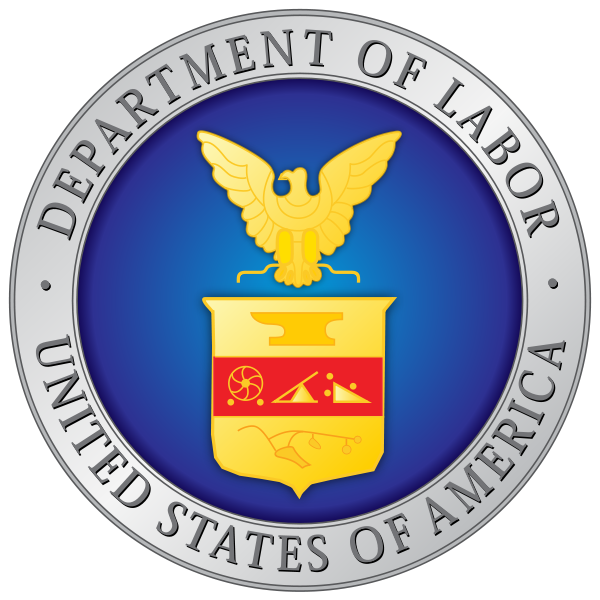?Every executive team senses the need keep their employees engaged in the workplace, but have they really thought through the cost of unengaged talent?
Higher employee engagement means higher productivity and less costly employee turnover, but how do you really get there?
A recent study by Gallup showed there is an incredibly strong correlation between employee engagement and company success. Companies in the 99th percentile of employee engagement actually had four times the success rate of those in the 1 percentile category.
The cost of disengagement
So engagement can obviously spell the difference between the success and failure of your organization. Companies in the top percentiles of employee engagement outperformed their competitors 10 percent in customer ratings, 22 percent in profitability, and 21 percent in productivity.
Perhaps even more importantly, companies with high levels of employee engagement saw less employee turnover. With the sky-high cost of turnover, the ability to keep talented workers around and save your bottom line at the same time is something every company should be interested in.
After all, for workers making $50,000 or less, employee turnover can cost 20 percent of their annual salary. For highly paid executives, this cost can shoot up to 213 percent of the employee’s salary — not a price you want to shell out.
Despite how much employee engagement can save your bottom line and increase your profit margins, disengagement has become an acceptable and even expected part of our corporate environments.
Gallup recently revealed that nearly 70 percent of American workers aren’t actively engaged on the job. And yet, we have so few people who even have a theory about how one could turn this tide.
The answer is stunningly close to the heart of every CEO and executive team. It lies in the goals they set for their company and how they communicate and align their people to them.
Getting Goal-Centric
Every company has wide-ranging strategic objectives and beautiful PowerPoints and equity pyramids to present them with. Yet it’s perilously easy to lose sight of the overarching company goals when you’re in the day-to-day trenches of running your organization.
If this is the case for senior management, it’s doubly true for your workers far removed from the top of the organizational chart.
It’s easy for your best and brightest workers to get disengaged and dispirited if they don’t understand how their contributions fit into the overall company goals. When this happens, even your best workers will feel adrift.
According to results from the How Leaders Grow Today survey, over 40 percent of employees are familiar with company goals but couldn’t actually list them. If your workers don’t understand how their efforts contribute to your company’s big picture, disengagement will be rampant. Visualizing goal alignment from the top of the org chart to the bottom can help motivate and re-engage your workforce.
How it works
Promoting greater goal alignment in your company won’t happen overnight, but it will make a huge difference in the productivity and motivation of your workforce.
A big part of the engagement game is showing workers they’re valued by the company. Tracking goals and ensuring your people are properly aligned are great ways to recognize and reward your company’s all-star players, stop redundant and off-strategy work, and reinvigorate a workforce.
While it may seem obvious, the first step is ensuring your employees can see and understand their contribution to company strategy.
Using a talent alignment platform allows employees to keep track of how goals cascade. They will be able to visualize how even seemingly small tasks add up to big value for the company. Many of these platforms allow workers to see how their tasks impact overall company goals and keep upper management updated on their progress.
Additionally, communication is key. You must improve your organization’s internal communications so every employee feels they’re a valuable member of the team. Keeping an eye on what each employee is actually contributing is a good way to address problems as they arise and reward the right workers for a job well done.
Why it works
When it comes to employee productivity and engagement, goal alignment keeps your people motivated by helping them understand where they fit in the company puzzle.
Goal alignment can also cut down on the needless office politics likely to hurt your company culture. Because you can see the work happening at every level of your organization, you know exactly which employees are positively contributing and which workers are just out for glory.
More importantly, employees who understand how their work fits into the larger picture are more motivated to contribute, because they understand the value of those contributions. Helping employees understand where they fit into the big picture makes communication more seamless (no more waiting until quarterly meetings to address problems!) and collaboration more simplistic.
To engage your workforce and increase productivity, you need to get your people invested in company goals. If you align your employees with these goals, you’ll help your best people understand how their contributions impact and are valued by the organization.
This can lead to greater understanding of how your company operates, better communication, and more engaged employees.
